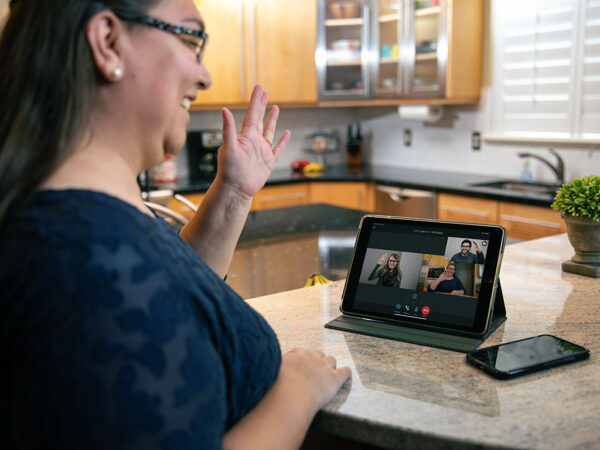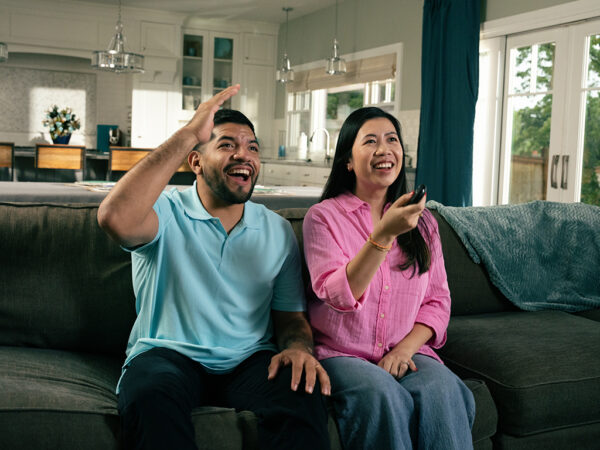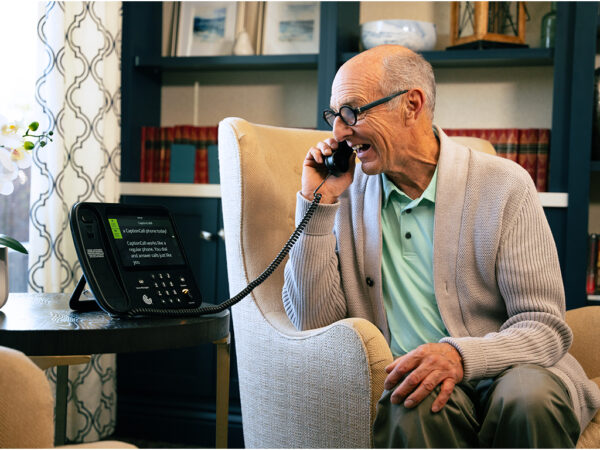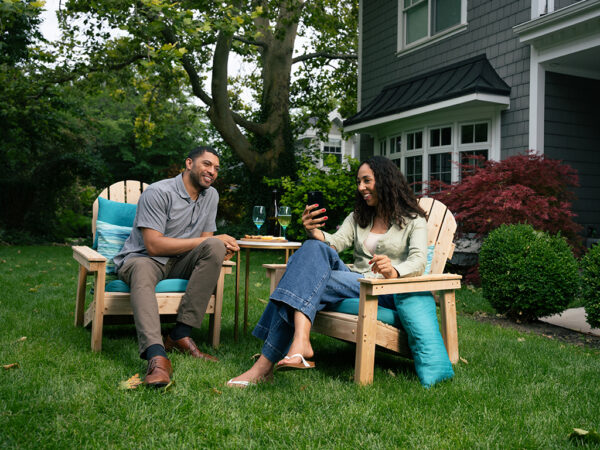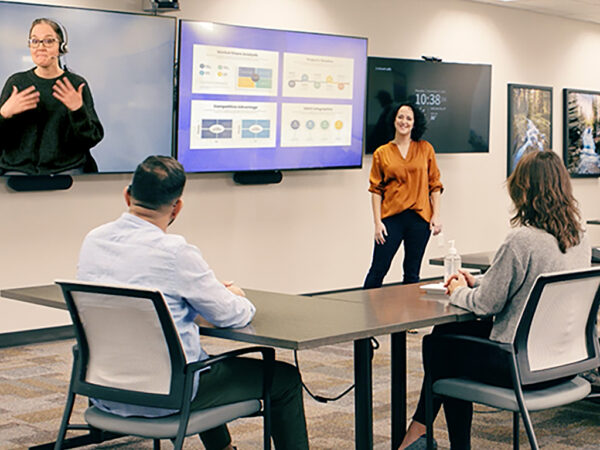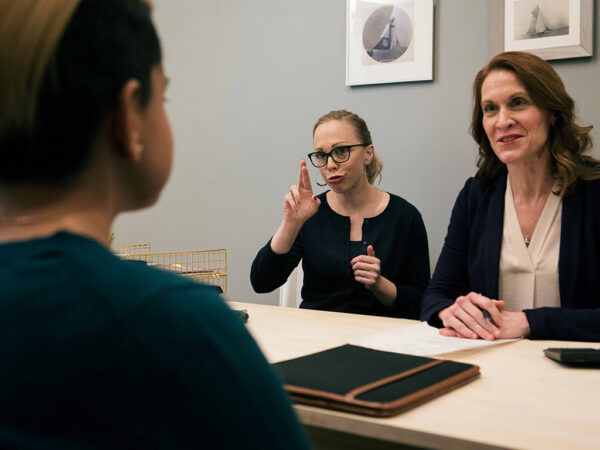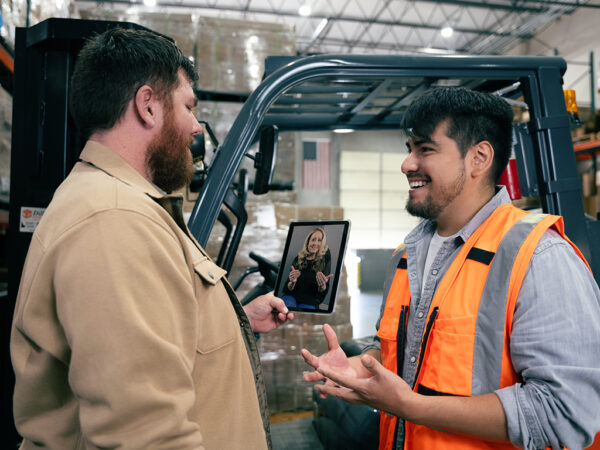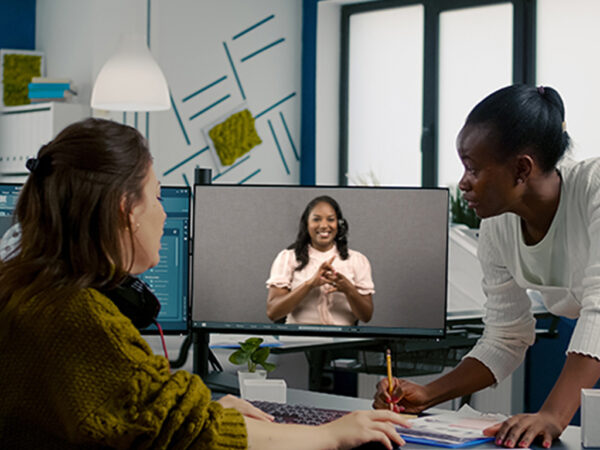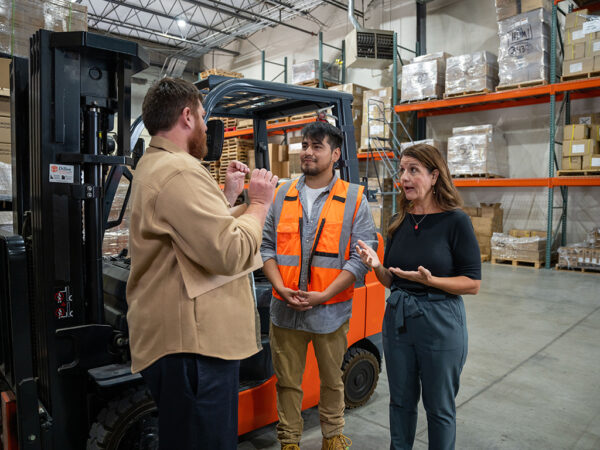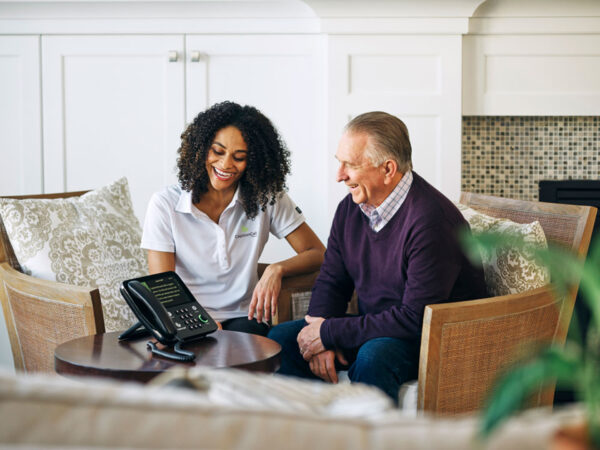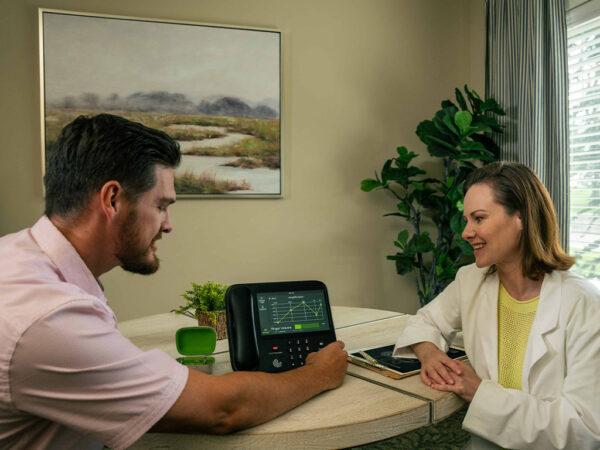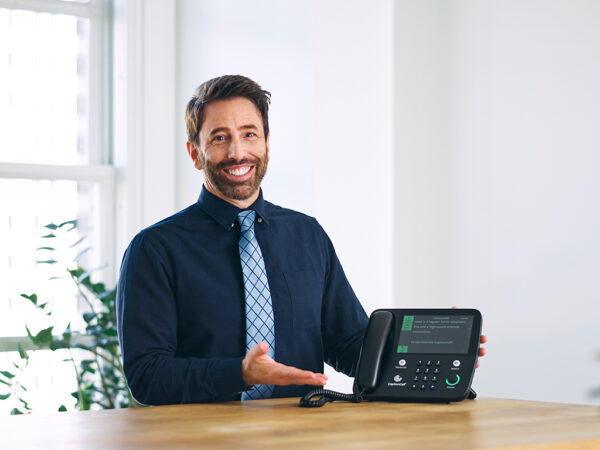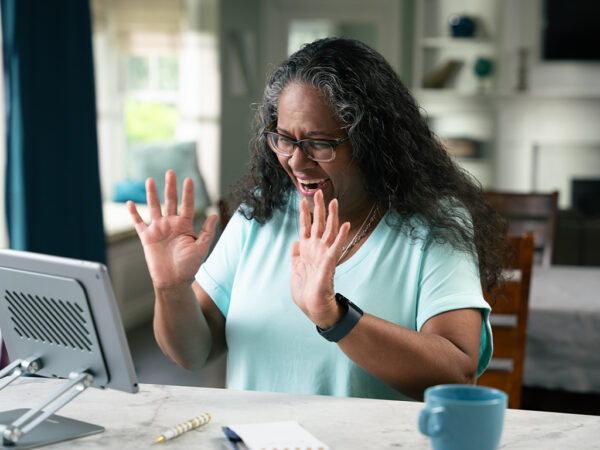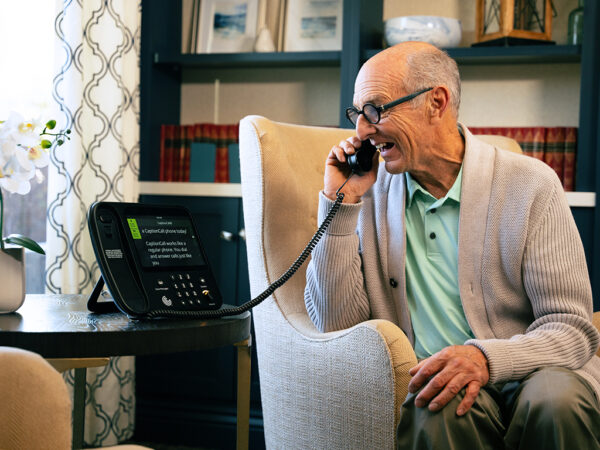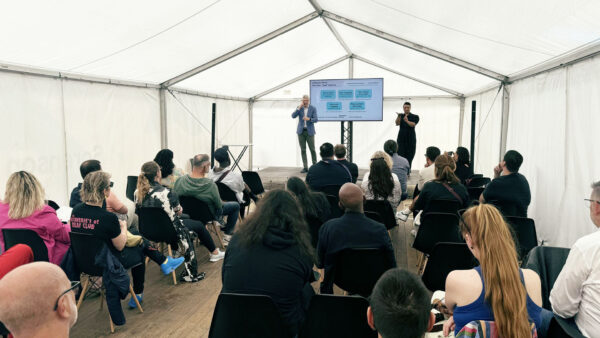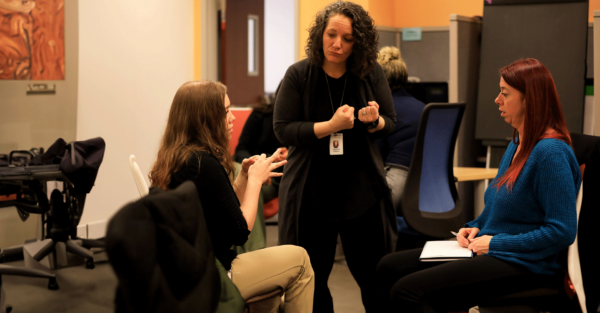Home Modifications for Aging in Place
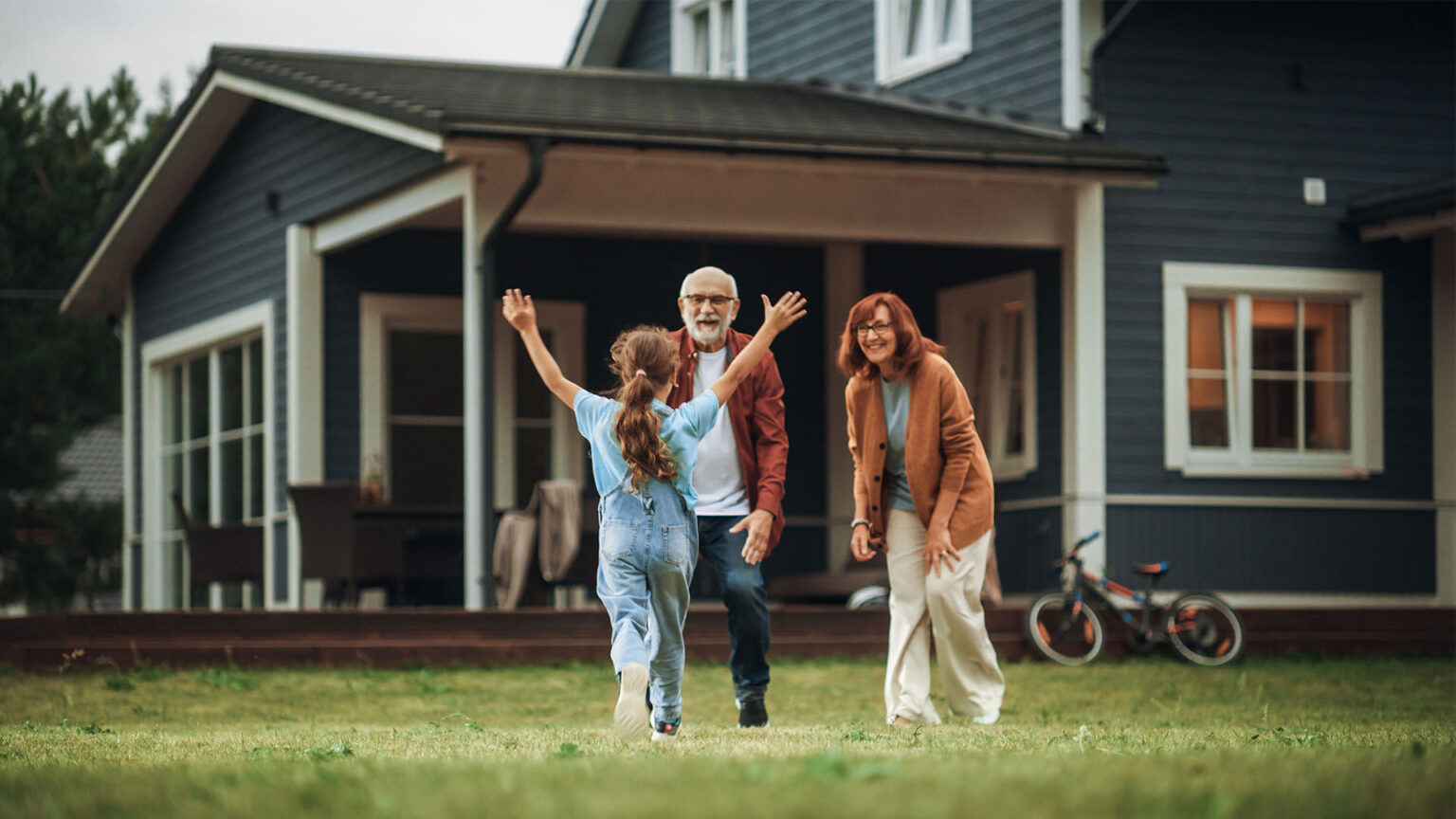
No Value (acf:field_669fe7fdb55ef)
Related articles
Deaf Community
News
News and updates about Sorenson VRS products and features and the Deaf community
Hearing Health Providers News
Hearing loss news and trends for hearing health professionals
Hard-of-Hearing
News
News and updates about living well with hearing loss and getting the most out of CaptionCall and CaptionCall Mobile

No Value (acf:field_67911dacbb423)
Updating bathrooms for seniors
Bathrooms are among the most risky places in the home for slips and falls, so they’re a good place to start with safety measures.
Grab bars: They’re a staple, even in mixed use public restrooms, and for good reason. Installing bars in the bath/shower and next to the toilet offers stability and some extra help standing up, and they’re a relatively affordable improvement project.
Taller toilets: Sometimes our legs just don’t cooperate and standing up from a standard height toilet becomes a problem. You can swap out your entire toilet for a higher model, or you can get a toilet seat riser that sits on top of your existing commode and raises the seat a few inches. Some even include handles for you to lift yourself with your arms.
Shower chair: Slips and falls are less likely while sitting. A shower chair is easier for people who can’t stand in the shower than sitting in the bathtub (let alone getting up from the tub!) and is a great option if you tire from standing for a prolonged period.
Walk-in shower/bath: Balancing on one leg to step over the side of a bathtub is asking for a fall, especially on a wet surface, and this only gets harder as years add up. A walk-in shower or tub is a more expensive renovation, but can greatly reduce the risk of a fall.

No Value (acf:field_67911d8bbb421)
Tap into tech for “smart” senior living
The evolution of assistive technology can improve not only your hearing and your phone calls, but your whole home experience. You can incorporate a variety of smart home technologies, and tell everyone you’re not living alone; you’re living with Alexa, your virtual assistant.
Home security: Safety at home is a top concern for anyone, and tools available today allow you to monitor your whole home without stumbling around the dark to investigate strange noises. You can set up motion detectors for cameras, lights, and alarms and control everything from a smartphone app. Doorbell cameras are commonplace now, allowing you to see (and record) who’s at your door. Smart locks even allow you to lock/unlock your doors from your mobile device.
Remote control: Many new appliances and home essentials have built-in compatibility with voice- or app-controlled access. You can control the lights, adjust the thermostat, even double check that you turned off the stove from a mobile app or by telling your virtual assistant to do it for you. You can also ask voice-activated assistants — like Alexa, Siri, Google Assistant, Bixby, etc. — to make a call for you if you can’t get to the phone.
Stay connected: You’ve already taken a smart step in using tech to enhance an independent living situation by getting CaptionCall. It’s useful not only for urgent communication needs, like calling 911, but for maintaining your connections. Social isolation is right up there with falls as a major threat to seniors. If you haven’t already, we recommend downloading CaptionCall Mobile to your smartphone so you have access to captioned calls when you’re not in the same room as your caption phone or you go outside.

Sidestepping stairs
Speaking of falls, stairs are a hazard that tend to trip people up at any age. Without moving to a single level home, there are still options to reduce the need to tackle stairs.
Main level living: If you have a bedroom and bathroom on the first level of your home — or can convert a room on the main level to a bedroom — you can limit trips upstairs. Bonus: if you’re not using the second level of your home, there’s less need to clean it.
Ramps: We typically think of ramps for wheelchairs, but they’re also much easier to navigate with a walker and remove the tripping hazard of individual steps. You may want to consider them not only for exterior entrances to your home, but also inside if you have a single step or ledge between rooms.
Stair lifts and home elevators: If limiting your living space to the first floor of your home isn’t an option, installing a stair lift or even an elevator will allow multi-floor living without tackling stairs. These options can be costly, of course.








